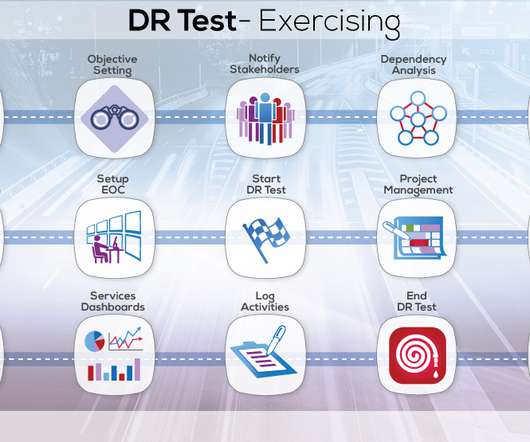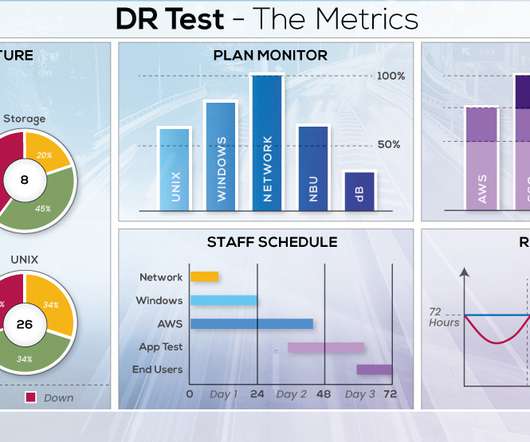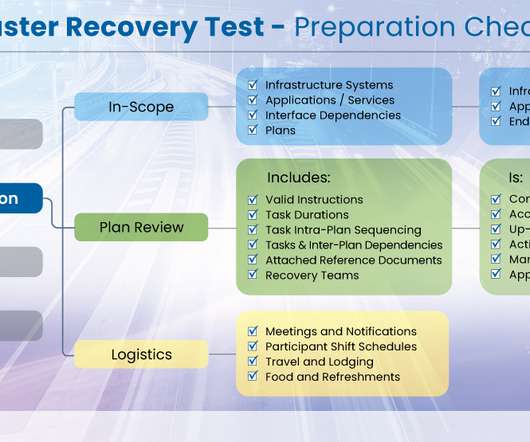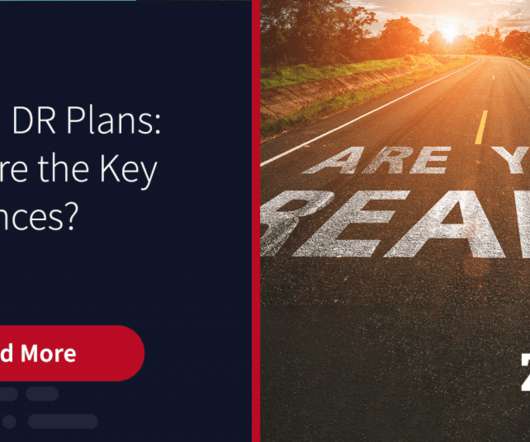Insights into creating a successful Disaster Recovery exercise – Part 1: Objectives
eBRP
SEPTEMBER 3, 2019
As a BCP/DR software solution provider, we are regularly called on to assist our enterprise customers with preparation, management and enhancement their DR Test and Exercises. With more than three million consumer households at stake, they have designated disaster preparedness a ‘mission critical’ program.











Let's personalize your content